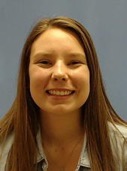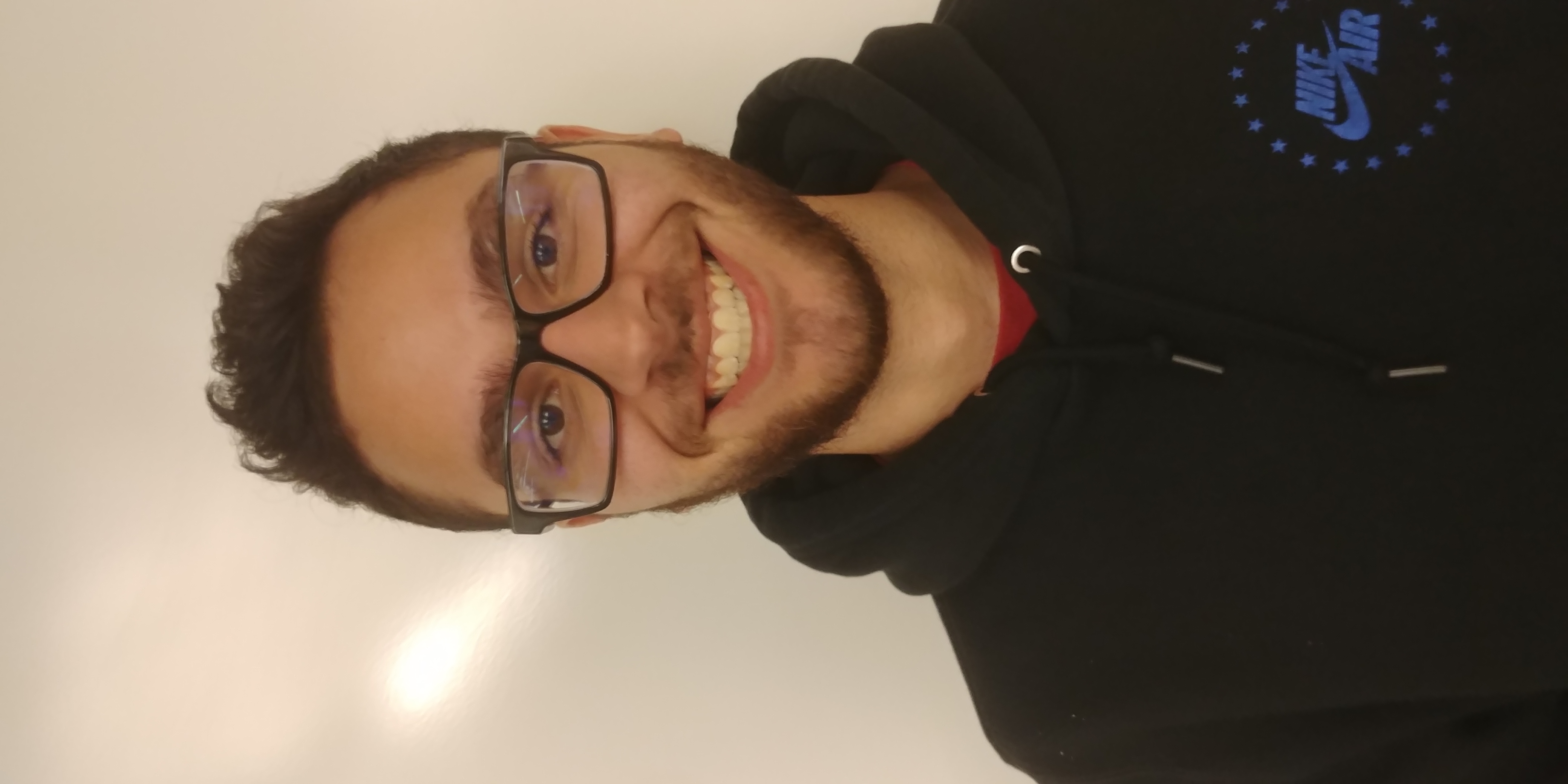Celebration of Scholars
Characterization of Bacteriophage Found Outside of Denhart
 Name:
Krysti Vanoverbeke
Name:
Krysti Vanoverbeke
Major: Psychology
Hometown: Trevor, Wi
Faculty Sponsor: Deborah Tobiason
Other Sponsors:
Type of research: Course project
Funding: Howard Hughes Medical Institute
 Name:
Cristian Hilliard
Name:
Cristian Hilliard
Major: Biology
Hometown: Glen Ellyn
Faculty Sponsor: Deborah Tobiason
Other Sponsors:
Type of research: Course project
Funding: Howard Hughes Medical Institute
Abstract
Through the SEA-Phages program, many bacteriophages that infect Mycobacterium smegmatis and Gordonia terrae have been sequenced and annotated, revealing the nature of their genetic information and functions of essential proteins. However, fewer Microbacterium foliorum bacteriophages have been discovered. In fall 2018, 58 bacteriophages using the host Microbacterium foliorum were isolated and purified at Carthage College. Phage Den3 was obtained from a flower bed outside the Carthage dorm Denhart. Through plaque assays, plaque morphology was determined, indicating that Den3 is a lytic phage. Electron microscopy revealed that Den3 is a siphoviridae bacteriophage with a long, non-contractile tail. Based on DNA sequencing, it is a cluster EA1 phage. We are currently annotating the genes of the bacteriophage Den3 using annotation programs like DNAmaster and Pecaan. Sequence comparisons using bioinformatic tools such as BLAST and HHpred are used to reveal gene function. Further bioinformatic analysis will be performed to explore novel genes, putative repeat sequences, and sequences of interest.Submit date: March 21, 2019, 9:06 a.m.
